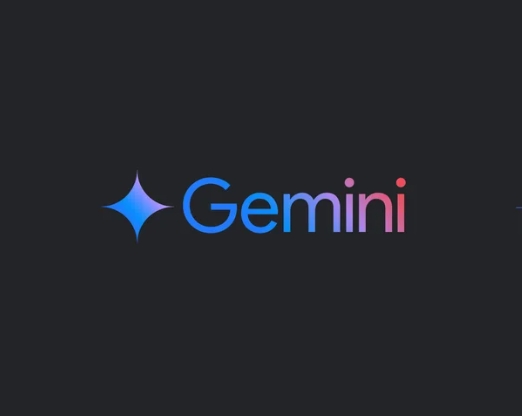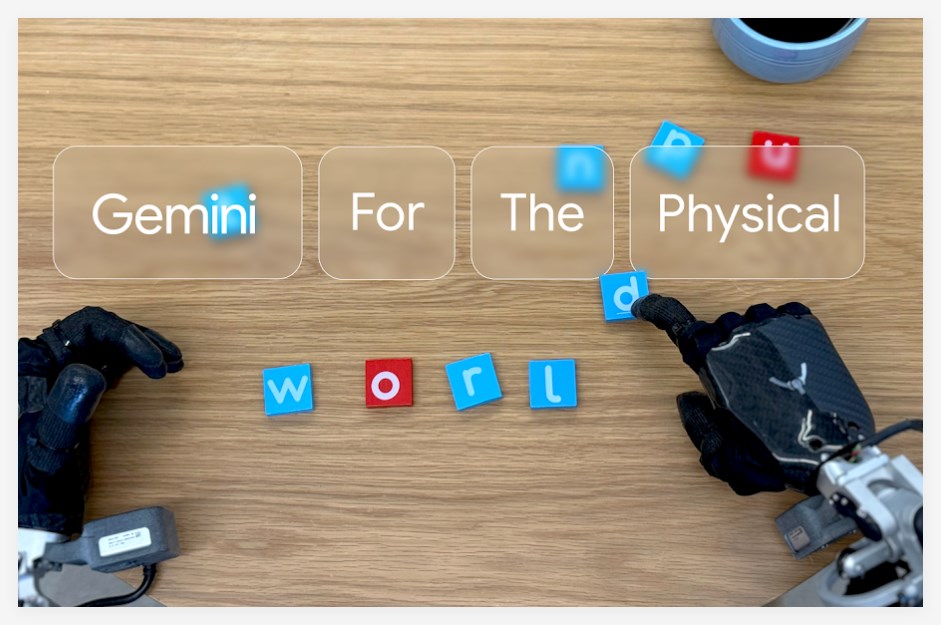Google recently announced the launch of TxGemma, a new open-source model designed to significantly improve the efficiency of therapeutic drug development. Developed by the Google DeepMind team, this model is a fine-tuned version of their advanced Gemma model family. It integrates powerful language understanding, scientific prediction, and multi-turn dialogue capabilities, aiming to revolutionize drug discovery.
Comprehensive Support for Drug Development
TxGemma's core strength lies in its ability to simulate the entire drug development process, from early drug screening to predicting late-stage clinical trial results, covering multiple critical stages. Researchers can use this model for tasks such as predicting the toxicity of drug molecules, identifying drug targets, and evaluating efficacy. Leveraging its powerful computing capabilities, TxGemma can rapidly analyze the characteristics of small molecule compounds, chemicals, and biological entities like proteins, helping scientists more efficiently screen potential drug candidates and predict their clinical trial performance. This end-to-end support makes TxGemma a "versatile assistant" in drug development, promising to change the time-consuming and high-risk nature of traditional R&D.

Image Note: Image generated by AI, licensed through Midjourney.
Three Sizes, Flexible Adaptation to Needs
To meet the needs of different research scenarios and computing resources, TxGemma offers three model sizes: 2B (2 billion parameters), 9B (9 billion parameters), and 27B (27 billion parameters). These models, based on their parameter size, are suitable for various applications, from lightweight tasks to highly complex research. Each model size includes a "Predict" version, optimized for specific tasks such as determining whether a molecule is toxic or can cross the blood-brain barrier. Furthermore, the 9B and 27B models also offer a "Chat" version, capable not only of prediction tasks but also of engaging in multi-turn conversations with researchers using natural language. This allows for explanations of the reasoning behind predictions and answers to complex scientific questions. This interactive capability provides researchers with a more engaging tool, further enhancing the flexibility and depth of research.
Exceptional Performance, Outstanding Generality
TxGemma's performance is particularly impressive, especially its largest 27B parameter "Predict" version. This version reportedly outperforms or matches Google's previous general-purpose model, Tx-LLM, in almost all tested tasks, demonstrating high predictive accuracy and stability. Remarkably, the 27B model even rivals specialized models designed for single tasks, showcasing its adaptability in multi-task scenarios. This versatility reduces the reliance on multiple specialized models and opens up new possibilities for cross-disciplinary drug development. Google states that TxGemma's development utilized 7 million training samples from the Therapeutics Data Commons, ensuring its expertise and reliability in drug-related tasks.
Open-Source Model to Drive Collaborative Innovation
As an open-source model, TxGemma is available to the global research community through Google's Vertex AI platform and Hugging Face. Google emphasizes that TxGemma's design aims not only to provide powerful computational tools but also to foster collaborative innovation among scientists and developers worldwide through openness. Researchers can fine-tune the model to suit specific therapeutic drug development scenarios. Google also released accompanying Colab notebooks demonstrating how to integrate TxGemma into complex research workflows, further lowering the barrier to entry.
Future Outlook
Drug development has always been a high-risk, high-investment field. Statistics show that 90% of drug candidates fail after Phase 1 clinical trials, and successfully developing a new drug often requires billions of dollars and over a decade. TxGemma offers new hope for this situation. By combining the predictive power of artificial intelligence with multi-turn dialogue capabilities, this model can accelerate drug screening and optimization, while providing researchers with more insightful decision support. Industry experts believe that the open-source release of TxGemma could usher in a more efficient and collaborative era for drug development.
As TxGemma's application grows, its performance in real-world drug development will be a key focus. Google plans to continue optimizing model performance and welcomes community feedback to drive further iteration. It's foreseeable that with the deep integration of artificial intelligence and biomedicine, tools like TxGemma will play an increasingly important role in saving lives and improving human health.










